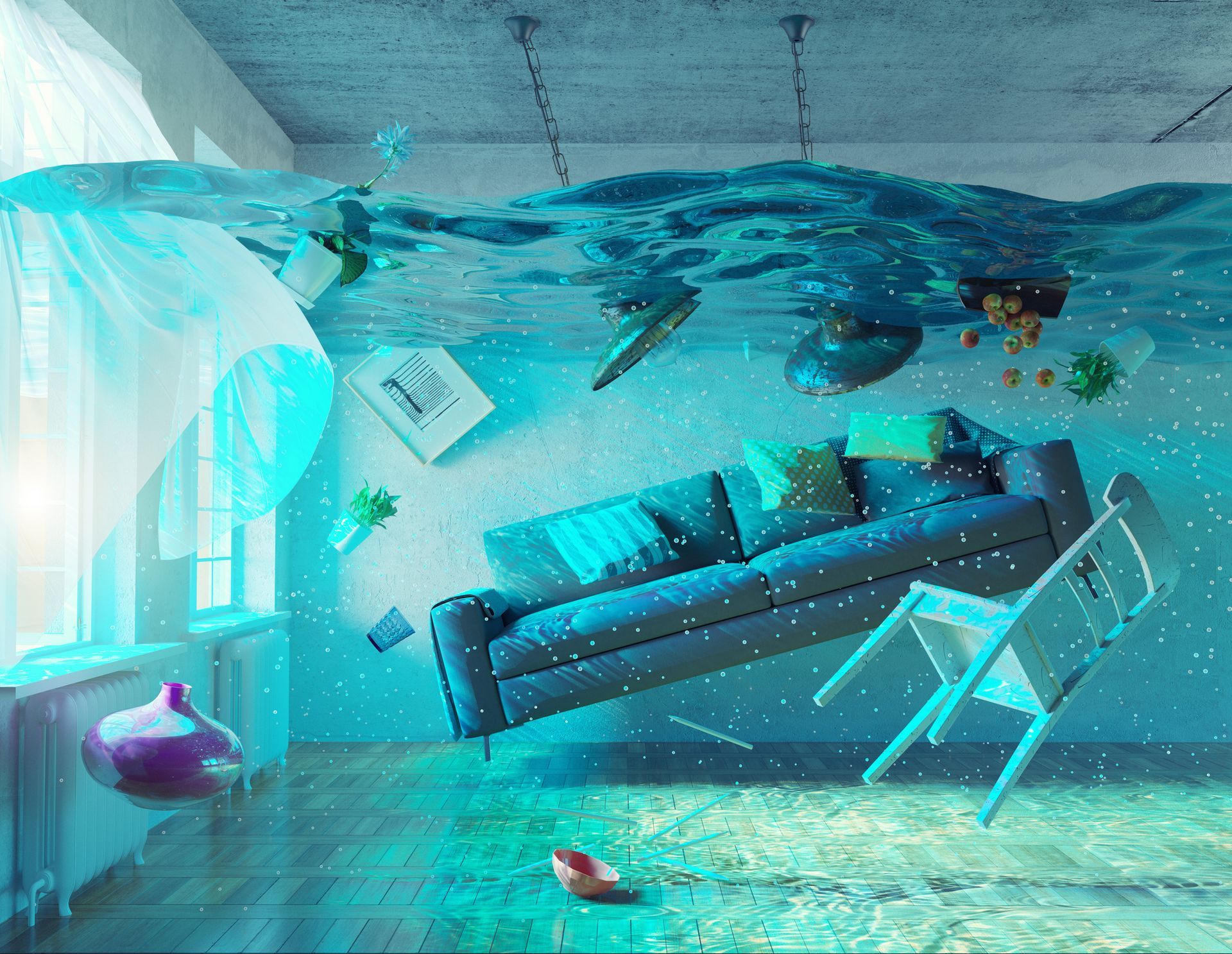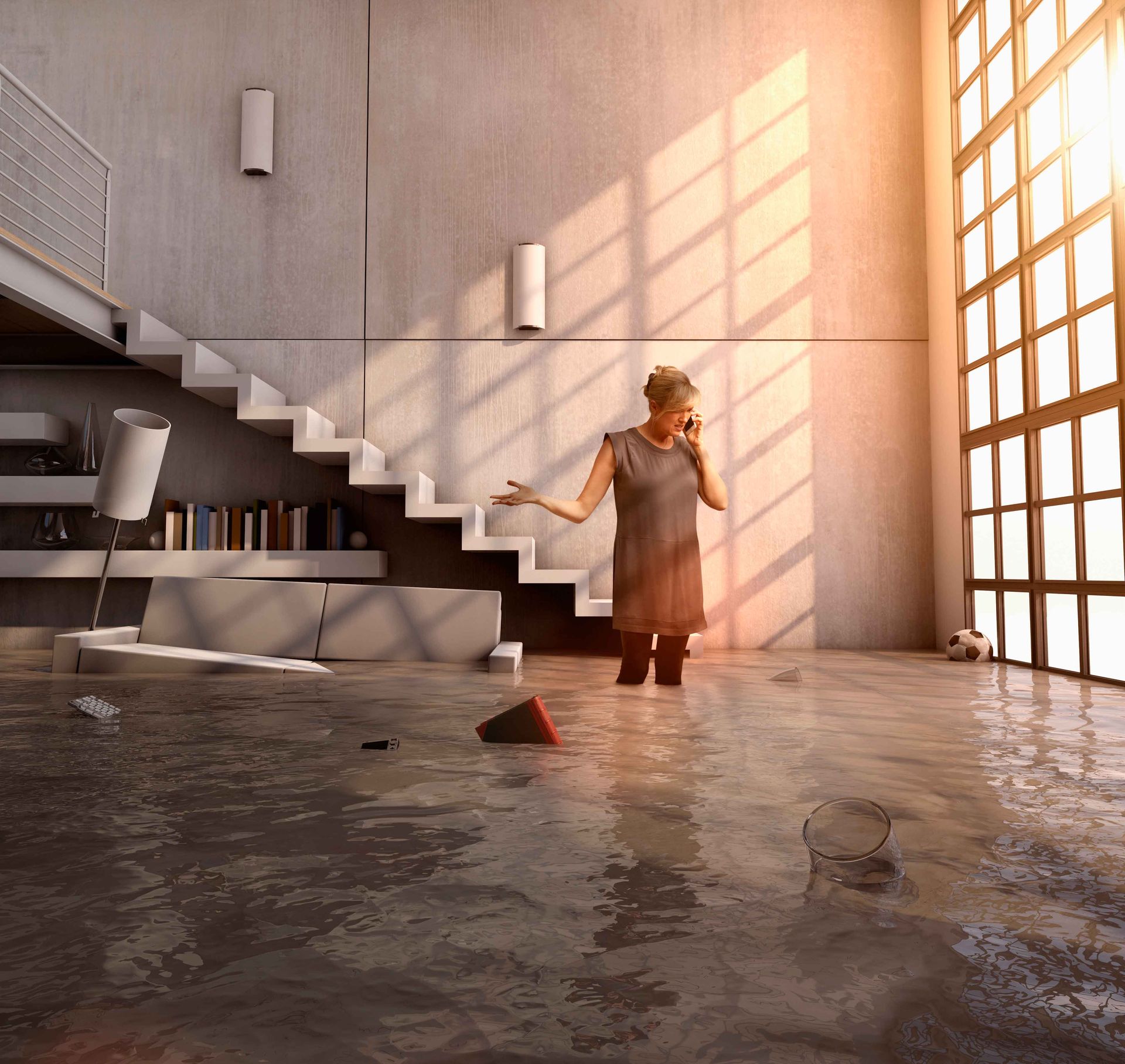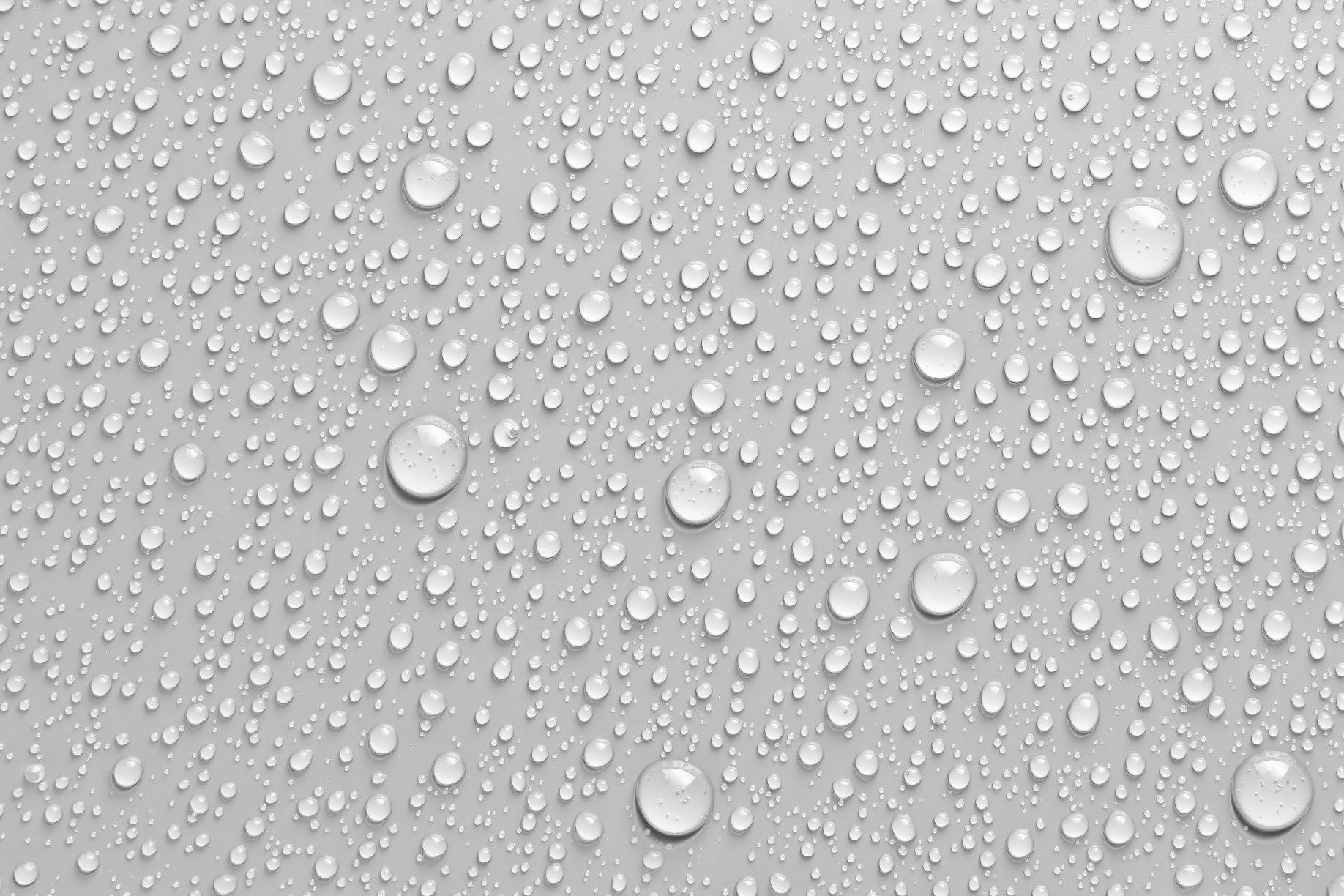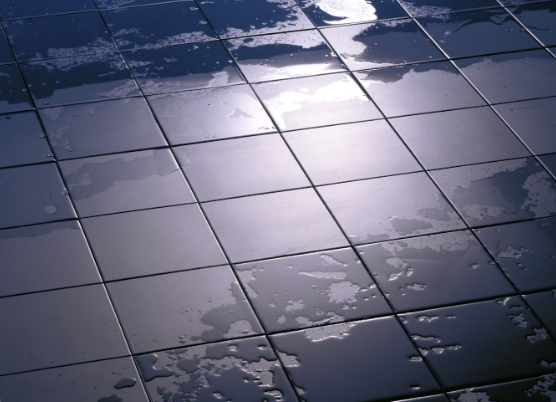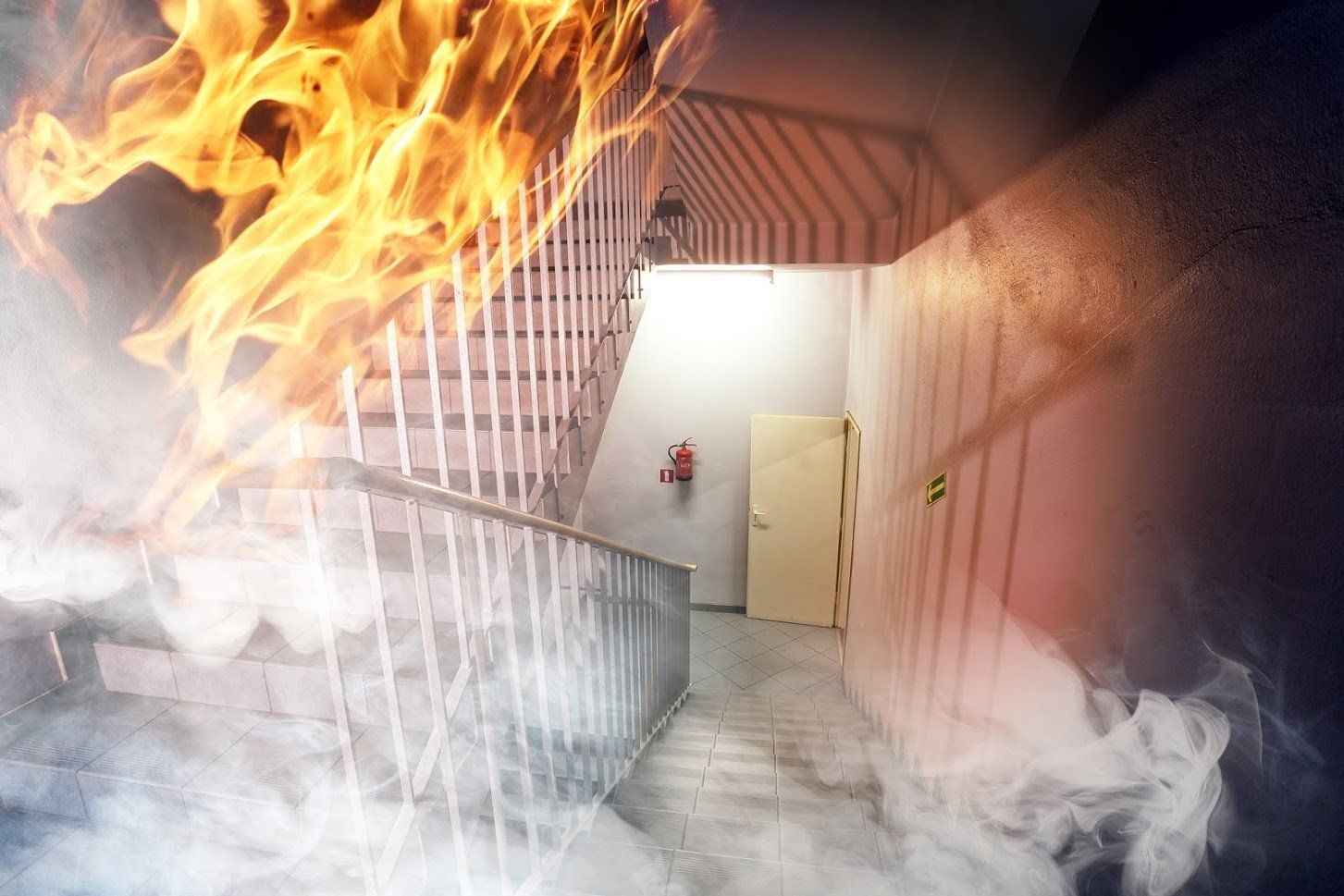All About Mold: You Don't Want It in Your Home
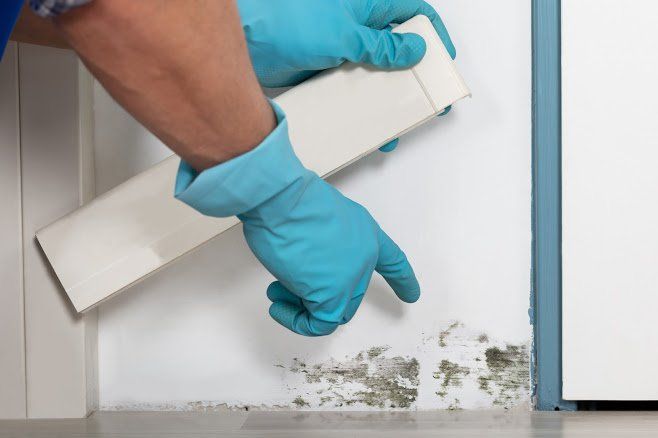
Mold is a necessity in the world. The simple, microscopic organisms provide a vital function the same way bacteria do. However, just like you
don't want bacteria all over your home, you also don't want mold. Find out how mold functions, especially in your home, and how it can cause
problems.
Basics About Mold in the Home
Mold, as well as mildew, is a type of fungus, which means it's an organism that likes to live in a moist environment. Mold serves important
functions in the overall biosphere, such as helping with the decaying process. That said, that decaying process is exactly what makes mold
problematic for people. You don't want that decay process going on in your home, much less in your body.
Exposing mold to a moist environment encourages it to actively grow. You'll see mold if you don't wipe down your shower stall. When it's actively
growing, though, the mold is causing damage to the material housing it. Robust species can be living in the dark, damp environment behind your
walls - and you might not realize it.
Causes of Mold in the Home
Your home contains a surprising number of damp environments.
As noted above, the bathroom is one such environment. Indeed, the bathroom is one of the first places you might develop mold and mildew. The
situation becomes exacerbated if your sink or bathtub overflows and you don't dry the area out completely. Another high humidity area is the
kitchen, especially near the stove where steam escapes.
Unfortunately, the damp can be more hidden. For instance, a dark basement or crawl space can be a prime environment for mold. Likewise, you
could have a plumbing or roof leak and not realize it if the water is accumulating behind your walls.
The other way your home may become damp enough to encourage the overproduction of mold is in the case of a water-based natural disaster,
such as a hurricane. Flooding is the prime culprit for extensive damage, including the growth of mold.
Discovering If You Have Mold in Your Home
If your home has gone through a water-based disaster, you are at high risk of developing mold in the walls. To that end, you should consult with
reconstruction experts to ensure your home isn't severely damaged by the overgrowth.
That said, the other conditions for mold might be present without your knowledge. Consider going on a mold hunt to see if you have a situation
that need sad dressing.
First, look for any visible signs of damp, including dark spots, which are the mold itself. Look also for bubbling paint or wallpaper. If you see
discoloration, evaluate how big the affected area is. If the area is large, you'll probably want to call the experts in. Even if you don't notice any
discoloration, sniff around. Does the air smell musty? You might have a mold problem in the making.
Dangers of Mold in the Home
As with many health dangers, age and health might determine how much the presence of mold affects people. In other words, the elderly, small
children, and immune-compromised people might be more susceptible to the dangers of mold.
That said, the vast majority of people are allergic to mold or will exhibit allergy-like symptoms to its presence. These symptoms might simply be
annoying, such as sneezing and itchy, watery eyes. You could also suffer from a persistent cough or dry throat. You can also have difficulty
sleeping.
However, the presence of mold in your home can also cause more serious problems. You could suffer from compromised airways, especially if
you're already prone to asthma attacks. Your sneezing can lead to a bloody nose or even sinus infections.
In extreme cases, you see nausea, headaches, dizziness, and an inability to concentrate. These symptoms indicate an attack on the central nervous
system.
If you suspect a mold problem in your home, contact mold-removal experts before you suffer undue health and property issues. C&Z
Construction can help you with both the detection and removal of mold.
Browse Our Website
Contact Information
Email: info@czconstruction.net
Address: 4825 Derry St, Harrisburg PA 17111PAHIC#000204PA Attorney General: 1-800-441-2555
Our Location
Contact Information
Email: info@czconstruction.net
Address: 4825 Derry St, Harrisburg PA 17111PAHIC#000204PA Attorney General: 1-800-441-2555
